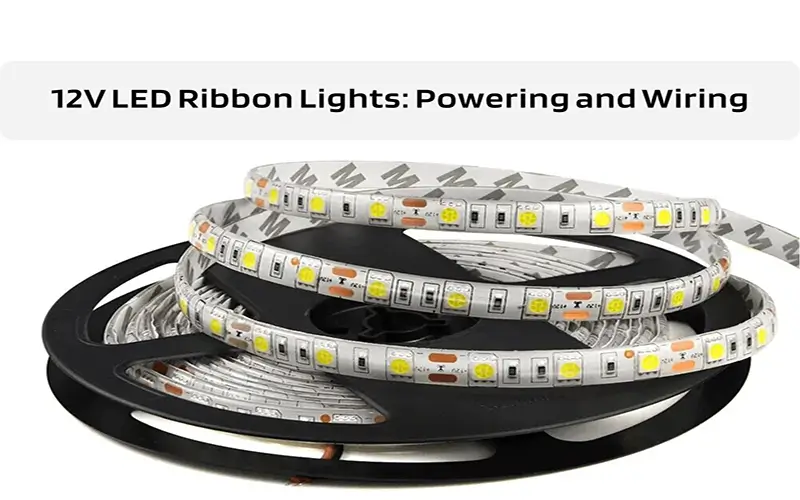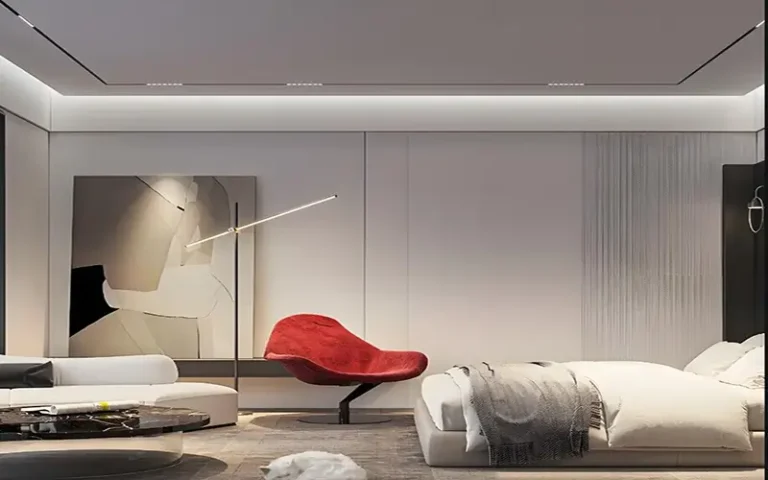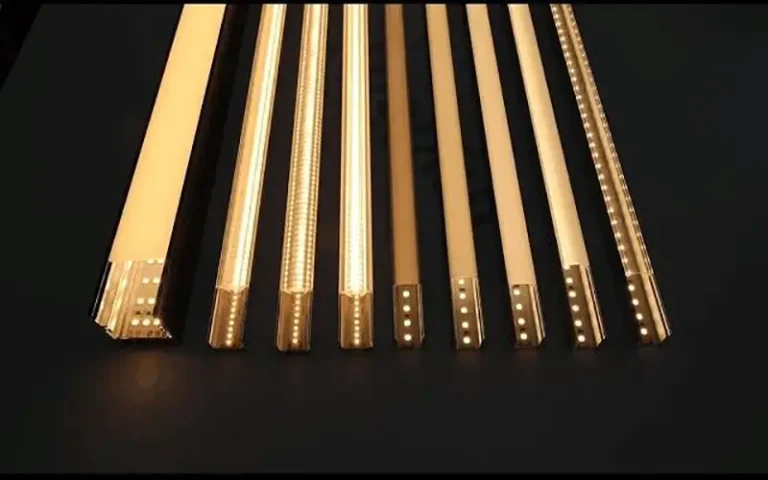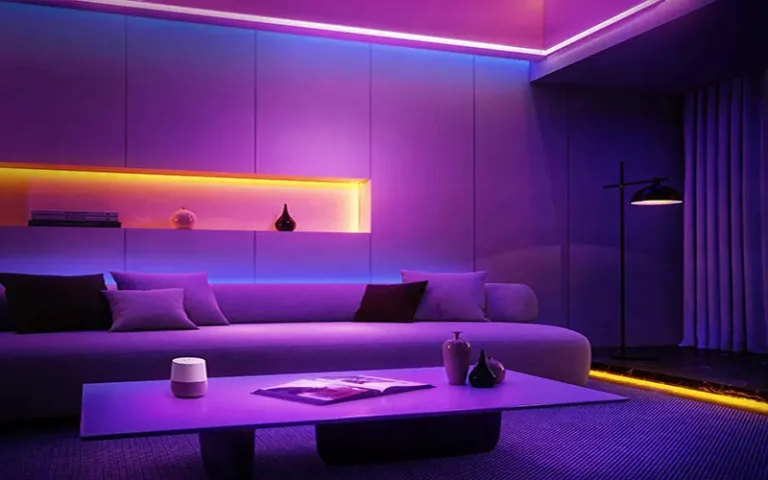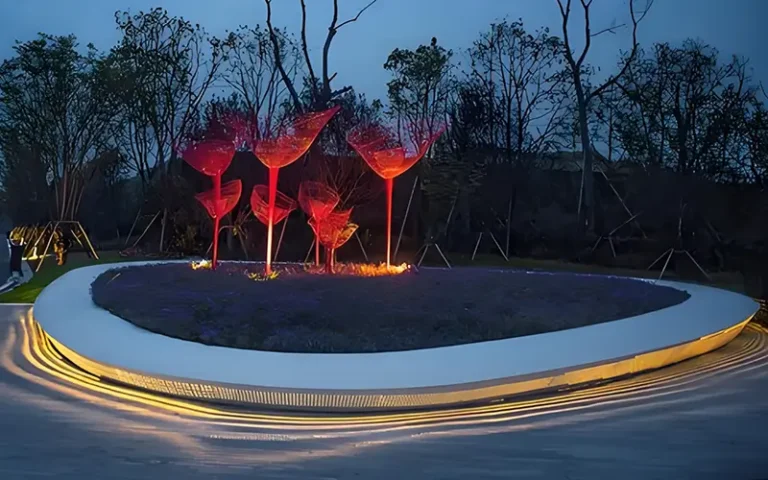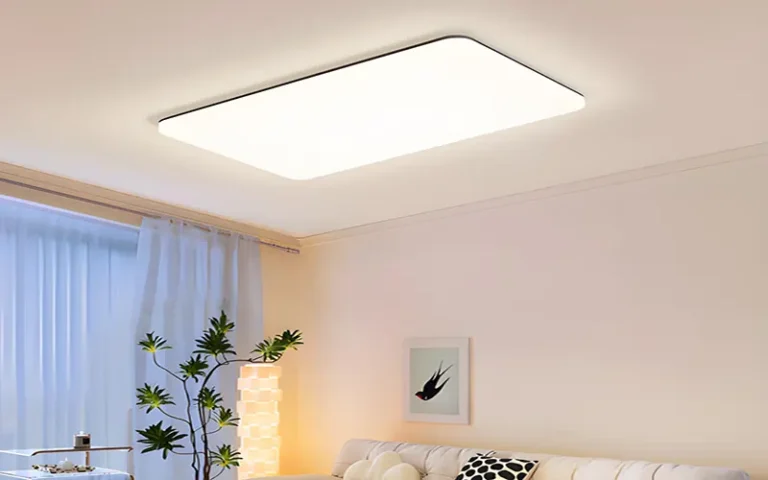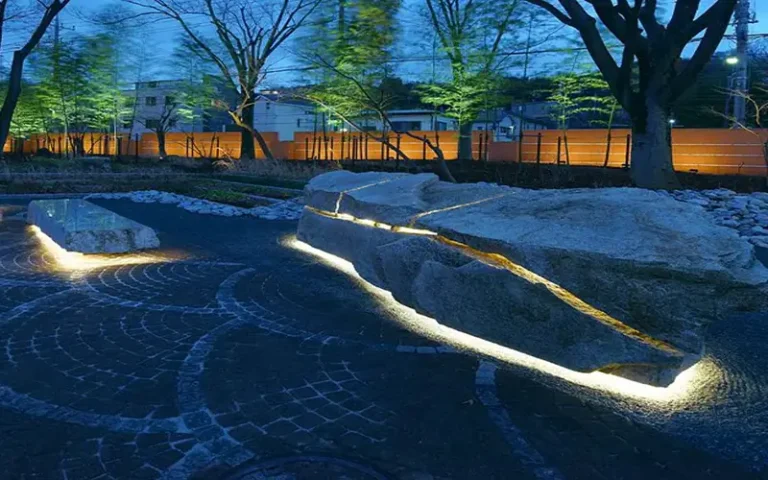12V LED Ribbon Lights: Powering and Wiring
LED strip lights have become a popular lighting solution for home and architectural lighting. LED strip lights are easy to form onto any surface to provide soft, smooth accent lighting. If cost and run length are the first considerations, most people will choose low voltage 12V led ribbon lights.
12V led ribbon lights are equipped with 12VDC power supply, which allows them to run at an efficient speed and operate safely even when installed in a small space. Therefore, 12 volt led light strips are perfect for under cabinet lighting, automotive lighting, marine lighting, bookshelf lighting, task lighting, recessed lighting, and more. In this article, we will cover the basics of 12V led ribbon lights, power supply options, and wiring techniques.
12V LED Ribbon Lights Basics
12V led ribbon lights operate at a low voltage of 12 volts, and they come in different LED strip light profiles. For example, SMD5050 or SMD3528, both have 12V and 24V options.
12v led lights consist of a flexible circuit board with LEDs mounted on it, which can emit different colors and brightness. They consist of a flexible circuit board with LEDs mounted on it, which can emit different colors and brightness. LED strip 12v are not too dense and too bright, making them safe and convenient to use. And these lights are highly adaptable and can be cut to specific lengths, making them ideal for a variety of lighting projects.
The standard length of 12V LED strip reels is 5 meters. At ESSENLED, we just customize the length. You can also easily cut it to the right size yourself.
How to Powering a 12V LED Strip?
To power a 12V LED strip, you will need a compatible 12V DC power supply. When looking for a power supply for your LED strip, we need to be clear about the wattage of the LED strip and how many meters you will be connecting. You must ensure that the output of the power supply matches the total wattage required by the LED strip to avoid overloading and potential damage.
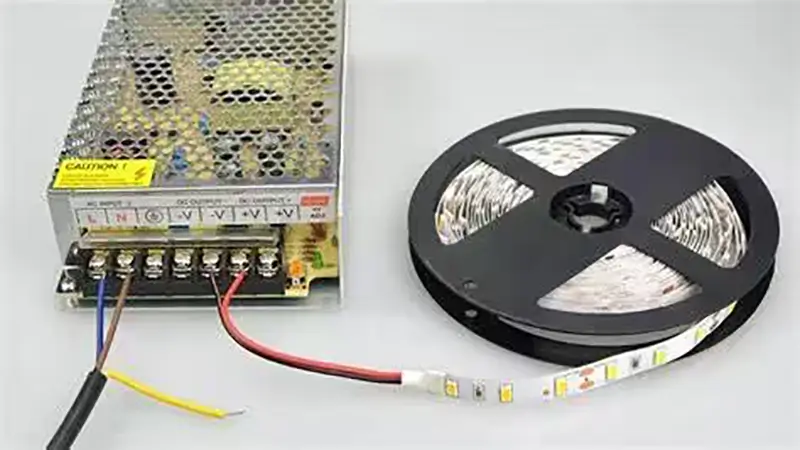
Calculate wattage, Example: Suppose you need an LED strip 3528 240LEDs/m 12VDC, 19.2w/m. And you need to use 8 meters to connect a power supply, what power supply do you need to choose?
Wattage = (power per meter) 19.2w/m * 8 (plan to connect a power supply for 8 meters)
Wattage = 153.6 watts
We need to leave a little buffer space for the power supply to ensure long-term stable operation of the LED strip. It is safer for users to choose a power supply that provides at least 180 watts of 12V power supply.
How to Choose the Right LED Power Supply?
First option is to use a plug-in power brick. It is very convenient for smaller applications or where a wall or hidden socket is located. The plug-in adapter converts the AC mains power to 12V DC, which can be easily plugged into a standard power outlet. Because the user only needs to plug in the power supply, rather than connecting the wires directly to the main line.
Second option is a regular power supply. This is a more permanent installation. It outputs a safe low DC voltage power supply to your light strip. These power supplies usually have more discrete sizes. And can be more easily hidden in the wall or anywhere you need them. There are waterproof and non-waterproof power supplies to choose from.
Third way is a portable battery. Portable and convenient, suitable for temporary setups or locations where mains power is not available. Batteries provide flexibility, but may need to be replaced or recharged frequently.
How to Connect a 12V LED Ribbon Lights to a 12V Power Supply?
Connecting a 12V LED ribbon lights to a 12V power supply involves a simple process:
- Confirm the positive and negative wires: LED strips typically have designated positive (+) and negative (-) terminals. Match them up with the corresponding terminals on the power supply.
- Use connectors or solder: Depending on the type of LED strip and power supply. You can use connectors or solder the wires directly to the terminals.
- Make secure connections: Make sure all connections are secure to prevent shorts or loose connections from affecting performance.
It is important to note that running LEDs at 12V requires ensuring that the entire system is designed to handle 12 volts. Pls select a compatible power supply as well as ensure that the wiring can handle the current without significant voltage drops. By the way, you need to consider the length of the LED strip, as longer runs may require additional power supplies or amplifiers to maintain consistent brightness.
How Do I Connect Multiple 12V LED Ribbon Lights to One Power Supply?
To connect multiple 12V LED strips to one power supply, calculate the total wattage and select an LED power supply that is powerful enough.
- Parallel connection: Connect the positive terminals of all strips together and the negative terminals together. This ensures that each strip receives the same voltage.
- Power splitter: Use a power splitter designed for LED strips to evenly distribute power from one power supply to multiple strips.
- Amplifier: For longer runs or more extensive installations, use an amplifier to boost the power signal and ensure uniform brightness across all strips.
How to Avoid 12V LED Light Strips Voltage Drop?
12V power supplies are not suitable for long-term operation, and a very important factor that is often overlooked is the effect of voltage drop. In a DC circuit, the voltage gradually drops as it passes through the wire (or LED light strip). If the length is too long, the light strip will be affected and will not work properly.
To prevent the voltage drop of 12V LED light strips, users can use parallel connection to divide the longer LED light strip into shorter parts. The shorter parts can then be connected in parallel with the power supply. Another way is to use multiple power supplies. Instead of laying long distance wires and separating the power supplies, you choose to use separate power supplies in different areas.
Summary
12V LED Ribbon Lights offer flexible and efficient lighting solutions for a variety of applications. You need to understand the basics of powering and wiring to ensure optimal performance and safety. By considering factors such as voltage, current, and wiring methods, you can create stunning lighting displays to enhance any space. Always prioritize safety and compatibility so you can enjoy the benefits of 12V LED strip lights for years to come.
FAQs
You can power a 12V LED strip light with a 12V DC power supply. Which converts standard AC household voltage to 12V DC. You can also use a 12V battery for portable or automotive applications.
Yes, 12V LED strip lights can be cut to custom lengths at designated cutting points. Usually you will see a line or a pair of copper pads. Pls make sure cut it at these points to avoid damaging the circuit.
To connect a 12V LED strip light to a power supply. Ssolder the positive (+) and negative (-) wires of the strip light to the corresponding terminals on the power supply. Alternatively, you can use a connector designed for LED strips.
No, running a 12V LED strip light on a 24V power supply will damage the LEDs. If you need to use a higher voltage power supply, pls reduce the voltage to 12V.
Users can connect multiple 12V LED strip lights in parallel. To connect multiple 12V LED strip lights to one power supply. Each LED strip of positive and negative wires needs to connect to the corresponding terminals on the power supply. Alternatively, the user can consider uses multiple 12V power supplies.

